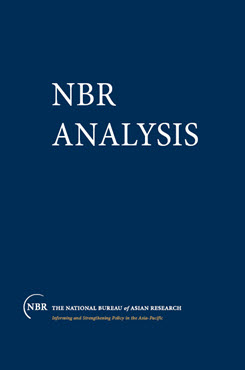Part Two
Scenarios and Regimes
While nuance-sensitive historians might be appalled at the prospect, the entire record of security regimes in Southeast Asia could be charted in terms of these four ideal types. Successively expanding or contrasting patterns of hegemony and, less often, balance, evolved in and around Funan, Srivijaya, Majapahit, and Malacca, among other indigenous empires.
Implicit in most discussions of Southeast Asian insecurity as a policy problem are four unique (though not exclusive or exhaustive) solutions. A security regime for Southeast Asia could involve either concentrating power to protect the region, or dispersing power to maintain security through cooperation or deterrence among equals. The hegemony of one powerful guardian state in the first instance contrasts with the balance between two or more powerful states in the second. One, some, or all of these providers of security could be either internal or external to the region. Internal hegemony, external hegemony, internal balance, and external balance name the four cells in the resulting matrix of possiblities. While nuance-sensitive historians might be appalled at the prospect, the entire record of security regimes in Southeast Asia could be charted in terms of these four ideal types. Successively expanding or contrasting patterns of hegemony and, less often, balance, evolved in and around Funan, Srivijaya, Majapahit, and Malacca, among other indigenous empires.


